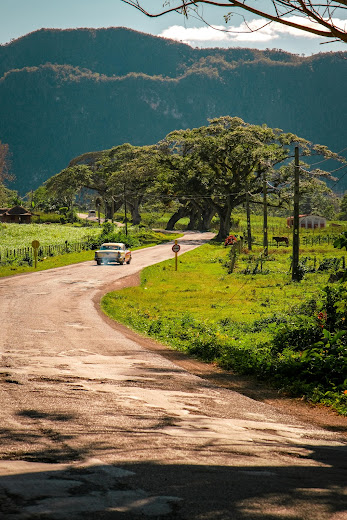Cuba is a vibrant and intriguing island nation located in the Caribbean, known for its rich history, diverse culture, and stunning natural beauty. With a unique blend of influences from Spanish colonization, African heritage, and indigenous cultures, Cuba offers a multifaceted experience to both residents and visitors.
History
Cuba's history is marked by significant events, from its discovery by Christopher Columbus in 1492 to its struggles for independence from Spain in the late 19th century. The island gained independence in 1898 but faced further challenges, including American intervention and the establishment of a dictatorship. The 1959 revolution, led by Fidel Castro, transformed Cuba into a socialist state, shaping its political landscape and impacting relations with the United States for decades.

Culture
Cuban culture is renowned for its music and dance. Genres like son, salsa, and rumba reflect the island's African and Spanish roots. Music is an integral part of daily life, with street performances and festivals showcasing talented musicians. Cuba is also home to a rich literary tradition, with writers like José Martí and Alejo Carpentier gaining international acclaim.
Art plays a significant role in Cuban society, with vibrant street art and galleries showcasing both contemporary and traditional works. The annual Havana Biennial draws artists from around the world, highlighting Cuba's artistic contributions.

Nature
Cuba boasts diverse ecosystems, from lush mountains and tropical forests to pristine beaches and coral reefs. The Viñales Valley, a UNESCO World Heritage Site, is famous for its dramatic limestone formations and tobacco plantations. The country’s coastlines, including Varadero and Playa Paraiso, are renowned for their white sandy beaches and crystal-clear waters, making them popular tourist destinations.

Cuisine
Cuban cuisine is a reflection of its diverse heritage, featuring dishes that combine flavors from Spanish, African, and Caribbean influences. Staples include rice, beans, and root vegetables, often served alongside meats like chicken and pork. Popular dishes include Ropa Vieja (shredded beef), Moros y Cristianos (black beans and rice), and fresh seafood. Meals are often enjoyed with strong coffee or classic cocktails like the mojito and daiquiri.

Conclusion
Cuba is a country of resilience, creativity, and warmth. Its rich cultural heritage, beautiful landscapes, and spirited people offer a unique experience for travelers. Whether exploring the historic streets of Havana, enjoying the rhythms of local music, or relaxing on a beach, Cuba leaves a lasting impression on all who visit.
















No comments:
Post a Comment